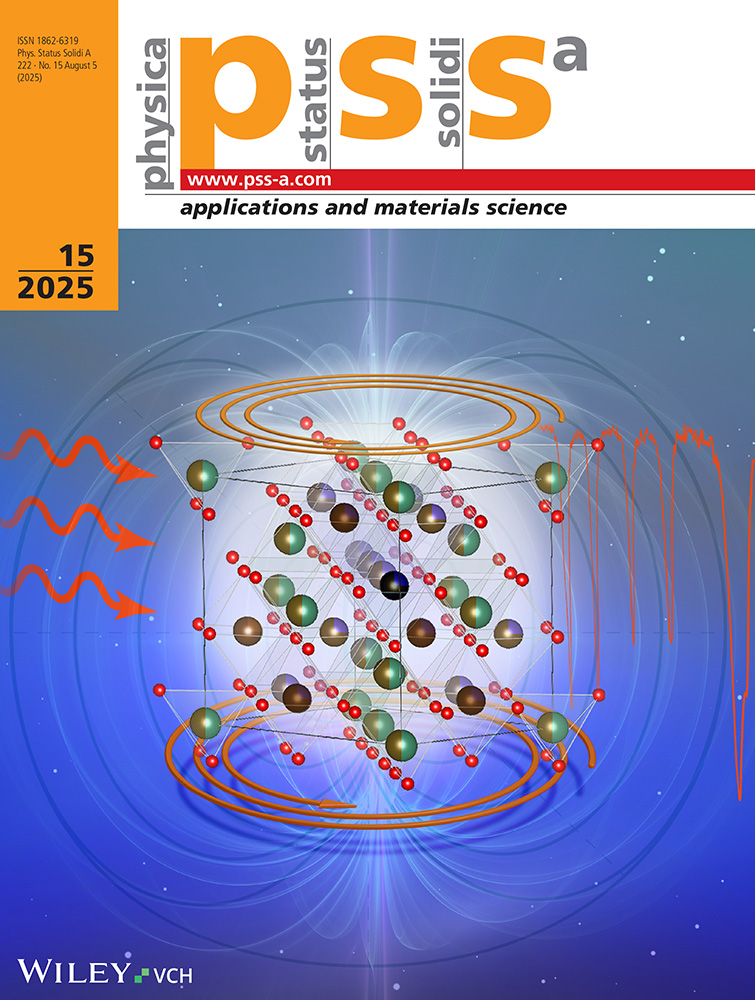Thickness dependence of hall mobility of HWE grown PbTe films
Madras 600036, India.
Abstract
enThin epitaxial n-PbTe films of various thicknesses are grown on KCl substrates by hot wall epitaxy (HWE) technique. The X-ray, SEM and TEM studies of these films revealed their single-crystalline nature. The Hall mobility (μH) of these films is measured by Van der Pauw technique and compared with the numerically calculated values for PbTe. It is observed that μH very strongly depends on thickness for thin films but becomes independent of film thickness beyond 5 μm approaching its bulk value. The constant value of Hall coefficient in the temperature range 77 to 300 K show the extrinsic nature of these films. It is also noticed that the rate of increase of mobility with decreasing temperature becomes higher with film thickness. The diffused scattering mobility due to the size effect is calculated and compared with experimental data. A large discrepancy observed between these two is explained on the basis of the residual mobility contribution. The residual mobility is attributed to overall scattering due to grain boundaries, dislocations, defects, cleavage steps, and other surface effects.
Abstract
deDünne epitaktische n-PbTe-Schichten verschiedener Dicken werden auf KCl-Substrate mittels Het-Wall-Epitaxie (HWE)-Technik hergestellt. Ihre einkristalline Struktur wird mittels Röntgen-beugung, SEM- und TEM-Untersuchungen nachgewiesen. Die Hallbeweglichkeit (μH) dieser Schichten wird mittels Van der Pauw-Methode gemessen und mit numerisch berechneten Werten für PbTe verglichen. Es wird beobachtet, daß μH sehr stark von der Dicke der dünnen Schichten abhängt, jedoch für Schichtdicken jenseits von 5 μm schichtdickenunabhängig wird und den Volumenwert erreicht. Der konstante Wert des Hallkoeffizienten im Temperaturbereich 77 bis 300 K zeigt die extrinsische Natur dieser Schichten. Es wird auch gezeigt, daß die Anstiegsrate der Beweglichkeit bei sinkender Temperatur mit der Schichtdicke zunimmt. Die Beweglichkeit der diffusen Streuung infolge des Größeneffekts wird berechnet und mit experimentellen Werten verglichen. Eine große Diskrepanz, die beobachtet wird, wird mit dem Beitrag der Restbeweglichkeit erklärt. Die Restbeweglichkeit wird der Gesamtstreuung zugeordnet, die durch Korngrenzen, Versetzungen, Defekte, Spaltstufen und andere Oberflächeneffekte verursacht wird.




